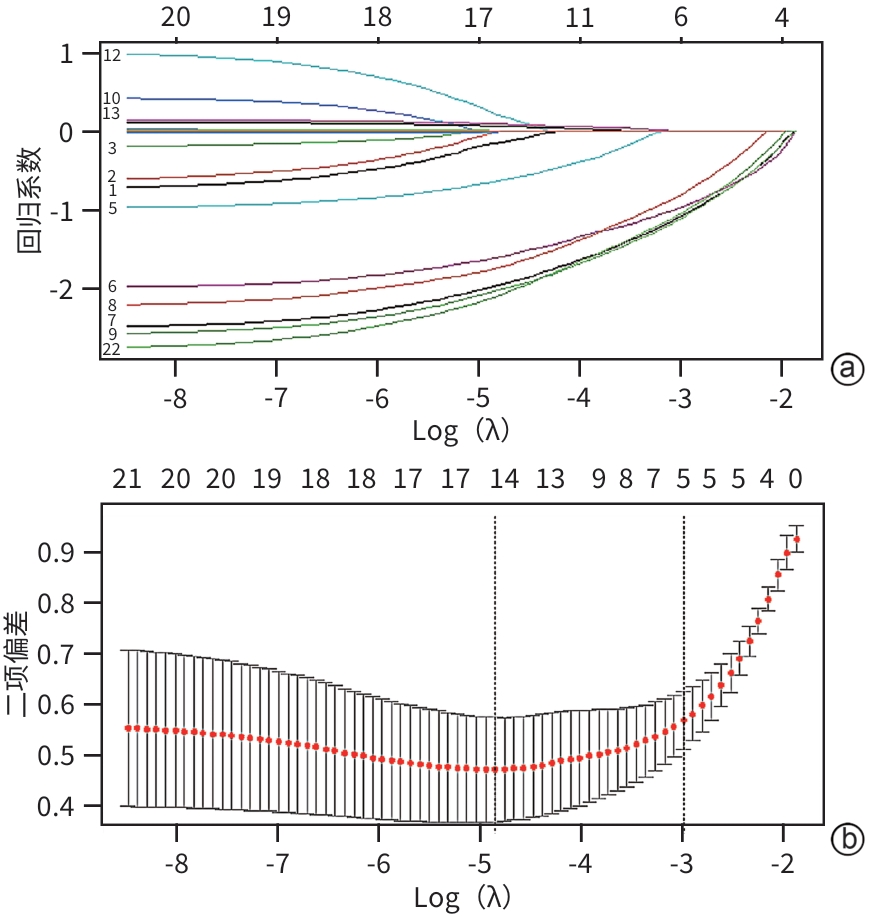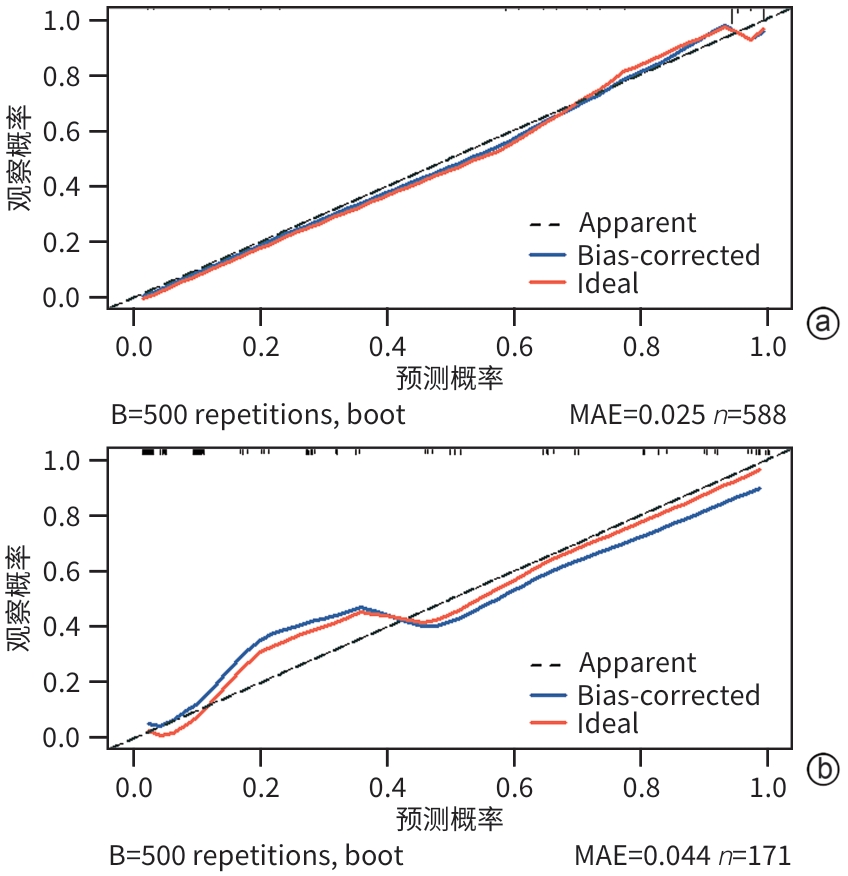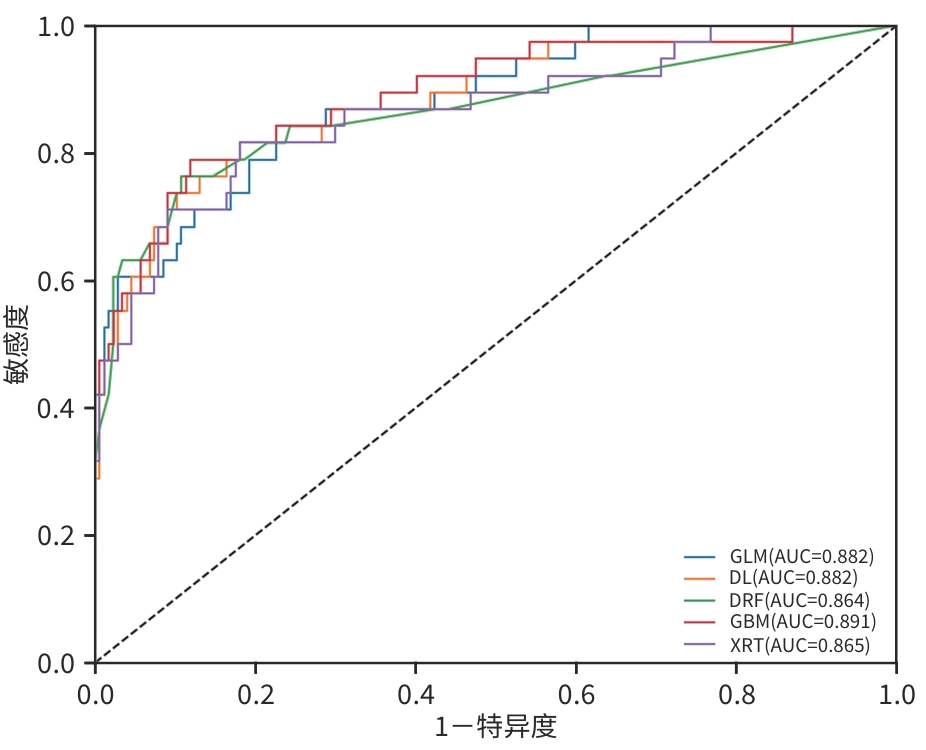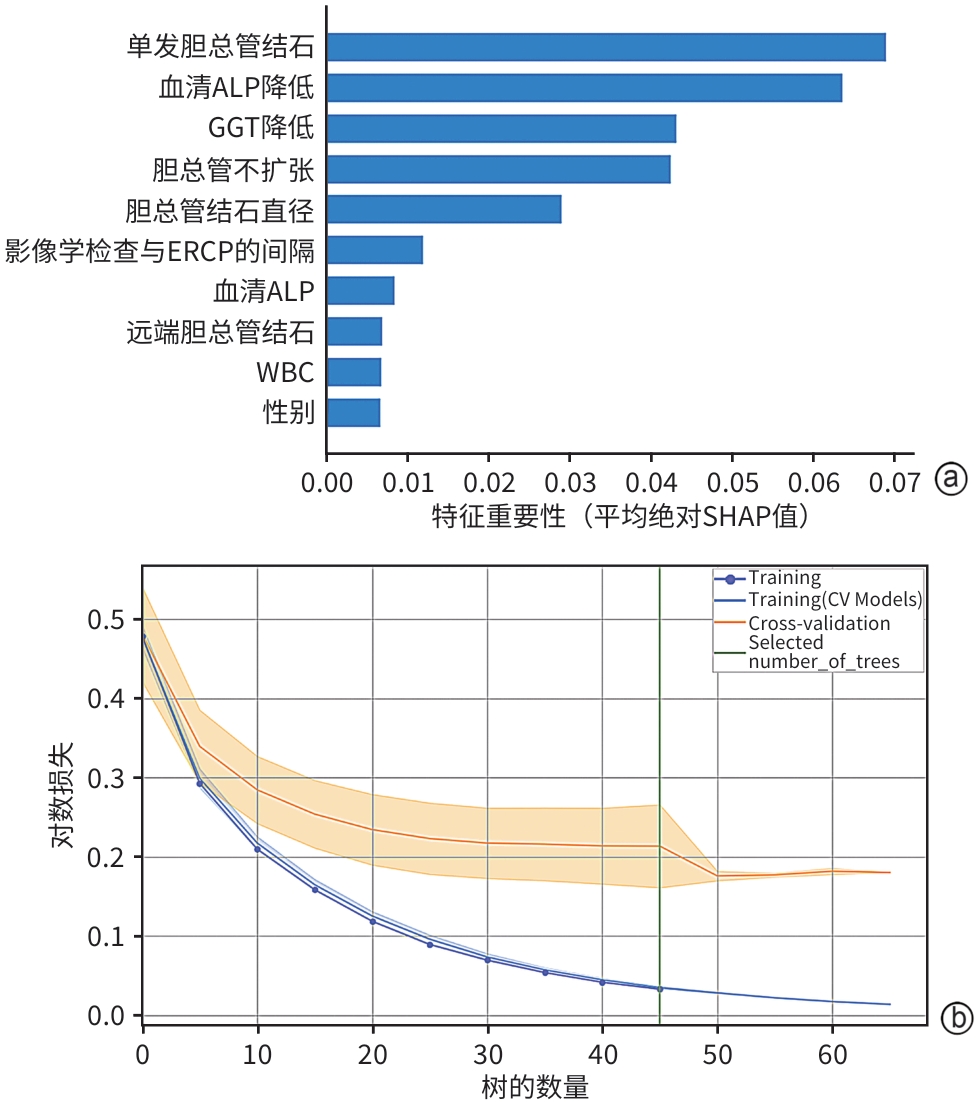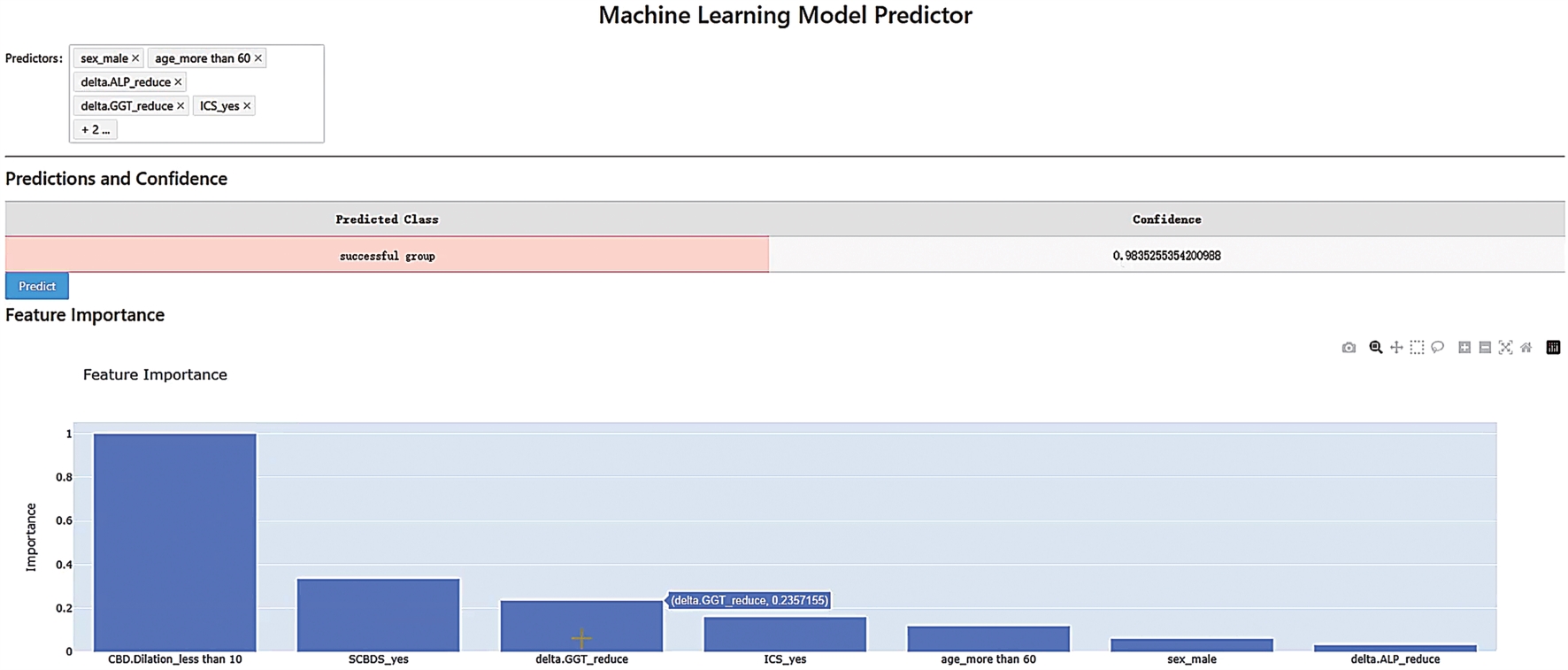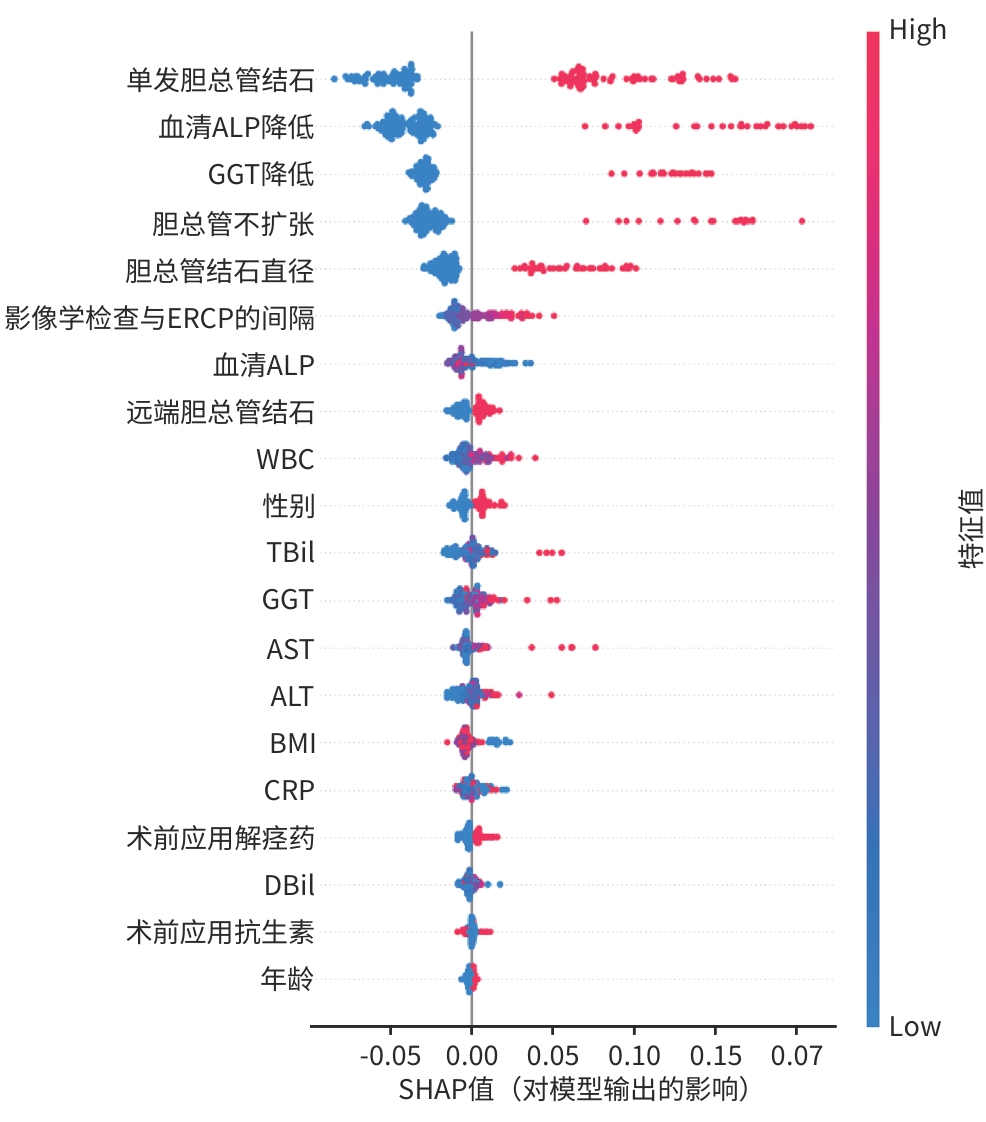| [1] |
MANES G, PASPATIS G, AABAKKEN L, et al. Endoscopic management of common bile duct stones: European Society of Gastrointestinal Endoscopy(ESGE) guideline[J]. Endoscopy, 2019, 51( 5): 472- 491. DOI: 10.1055/a-0862-0346. |
| [2] |
ASGE Standards of Practice Committee, BUXBAUM JL, ABBAS FEHMI SM, et al. ASGE guideline on the role of endoscopy in the evaluation and management of choledocholithiasis[J]. Gastrointest Endosc, 2019, 89( 6): 1075- 1105. e 15. DOI: 10.1016/j.gie.2018.10.001. |
| [3] |
group ERCP, Chinese Society of Digestive Endoscopology; group Biliopancreatic, Chinese Association of Gastroenterologist and hepatologist, National Clinical Research Center for Digestive Diseases. Chinese guidelines for ERCP(2018)[J]. J Clin Hepatol, 2018, 34( 12): 2537- 2554. DOI: 10.3969/j.issn.1001-5256.2018.12.009. |
| [4] |
ASGE Standards of Practice Committee, CHANDRASEKHARA V, KHASHAB MA, et al. Adverse events associated with ERCP[J]. Gastrointest Endosc, 2017, 85( 1): 32- 47. DOI: 10.1016/j.gie.2016.06.051. |
| [5] |
Endoscopic Surgery Group, Digestive Endoscopy Branch, Chinese Medical Association, Endoscopic Surgery Expert Working Group, Chinese College of Surgeons, Professional Committee of Pancreatic Disease, Chinese Medical Doctor Association, et al. Guideline for the management of complications of duodenal perforation associated with ERCP in China(2023 edition)[J]. Chin J Dig Surg, 2024, 23( 1): 1- 9. DOI: 10.3760/cma.j.cn115610-20231025-00166. |
| [6] |
FAN L, FU Y, LIU Y, et al. Research advances in hemorrhage after endoscopic retrograde cholangiopancreatography[J]. J Clin Hepatol, 2023, 39( 10): 2497- 2505. DOI: 10.3969/j.issn.1001-5256.2023.10.032. |
| [7] |
KHAN OA, BALAJI S, BRANAGAN G, et al. Randomized clinical trial of routine on-table cholangiography during laparoscopic cholecystectomy[J]. Br J Surg, 2011, 98( 3): 362- 367. DOI: 10.1002/bjs.7356. |
| [8] |
WANG GH, CHEN J, SHEN ZJ, et al. Establishing and evaluating a risk prediction model for colonoscopy bowel preparation failure based on automated machine learning[J]. China J Endosc, 2024, 30( 5): 36- 47. DOI: 10.12235/E20230422. 王甘红, 陈健, 沈支佳, 等. 基于自动化机器学习建立结肠镜肠道准备失败风险预测模型及评价[J]. 中国内镜杂志, 2024, 30( 5): 36- 47. DOI: 10.12235/E20230422. |
| [9] |
YAN WX, ZHANG PP, WANG WX, et al. Influencing factors of spontaneous passage of common bile duct stones in gallstones patients[J]. J Chin Pract Diagn Ther, 2023, 37( 10): 1025- 1027. DOI: 10.13507/j.issn.1674-3474.2023.10.011. |
| [10] |
XU ZW, MEI Q, HONG JL, et al. Application of endoscopic ultrasonography combined with ALP and GGT in the diagnosis of spontaneous migration of choledocholithiasis[J]. J Hepatobiliary Surg, 2023, 31( 2): 106- 110. DOI: 10.3969/j.issn.1006-4761.2023.02.010. |
| [11] |
NOHARA Y, MATSUMOTO K, SOEJIMA H, et al. Explanation of machine learning models using shapley additive explanation and application for real data in hospital[J]. Comput Methods Programs Biomed, 2022, 214: 106584. DOI: 10.1016/j.cmpb.2021.106584. |
| [12] |
FAHMY AS, CSECS I, ARAFATI A, et al. An explainable machine learning approach reveals prognostic significance of right ventricular dysfunction in nonischemic cardiomyopathy[J]. JACC Cardiovasc Imaging, 2022, 15( 5): 766- 779. DOI: 10.1016/j.jcmg.2021.11.029. |
| [13] |
ANDREOZZI P, de NUCCI G, DEVANI M, et al. The high rate of spontaneous migration of small size common bile duct stones may allow a significant reduction in unnecessary ERCP and related complications: Results of a retrospective, multicenter study[J]. Surg Endosc, 2022, 36( 5): 3542- 3548. DOI: 10.1007/s00464-021-08676-8. |
| [14] |
FROSSARD JL, HADENGUE A, AMOUYAL G, et al. Choledocholithiasis: A prospective study of spontaneous common bile duct stone migration[J]. Gastrointest Endosc, 2000, 51( 2): 175- 179. DOI: 10.1016/s0016-5107(00)70414-7. |
| [15] |
HERBST MK, LI C, BLOMSTROM S. Point-of-care ultrasound assists diagnosis of spontaneously passed common bile duct stone[J]. J Emerg Med, 2021, 60( 4): 517- 519. DOI: 10.1016/j.jemermed.2020.11.008. |
| [16] |
KHOURY T, ADILEH M, IMAM A, et al. Parameters suggesting spontaneous passage of stones from common bile duct: A retrospective study[J]. Can J Gastroenterol Hepatol, 2019, 2019: 5382708. DOI: 10.1155/2019/5382708. |
| [17] |
JIANG L, LIU Z, YU JF, et al. On factors related to spontaneous passage of common bile duct stones leading to unnecessary endoscopic retrograde cholangiopancreatography[J]. Chin J Minim Invasive Surg, 2024, 24( 6): 409- 414. DOI: 10.3969/j.issn.1009-6604.2024.06.002. |
| [18] |
LEFEMINE V, MORGAN RJ. Spontaneous passage of common bile duct stones in jaundiced patients[J]. Hepatobiliary Pancreat Dis Int, 2011, 10( 2): 209- 213. DOI: 10.1016/s1499-3872(11)60033-7. |
| [19] |
ZHANG RF, YIN MY, JIANG AQ, et al. Automated machine learning for early prediction of acute kidney injury in acute pancreatitis[J]. BMC Med Inform Decis Mak, 2024, 24( 1): 16. DOI: 10.1186/s12911-024-02414-5. |
| [20] |
LIU LJ, ZHANG RF, SHI DT, et al. Automated machine learning to predict the difficulty for endoscopic resection of gastric gastrointestinal stromal tumor[J]. Front Oncol, 2023, 13: 1190987. DOI: 10.3389/fonc.2023.1190987. |
| [21] |
LIU LJ, ZHANG RF, SHI Y, et al. Automated machine learning for predicting liver metastasis in patients with gastrointestinal stromal tumor: A SEER-based analysis[J]. Sci Rep, 2024, 14( 1): 12415. DOI: 10.1038/s41598-024-62311-9. |
| [22] |
MURPHREE DH, QUEST DJ, ALLEN RM, et al. Deploying predictive models in A healthcare environment-an open source approach[C]// 2018 40th Annual International Conference of the IEEE Engineering in Medicine and Biology Society(EMBC). Honolulu, HI, USA, 2018: 6112- 6116. DOI: 10.1109/EMBC.2018.8513689. |



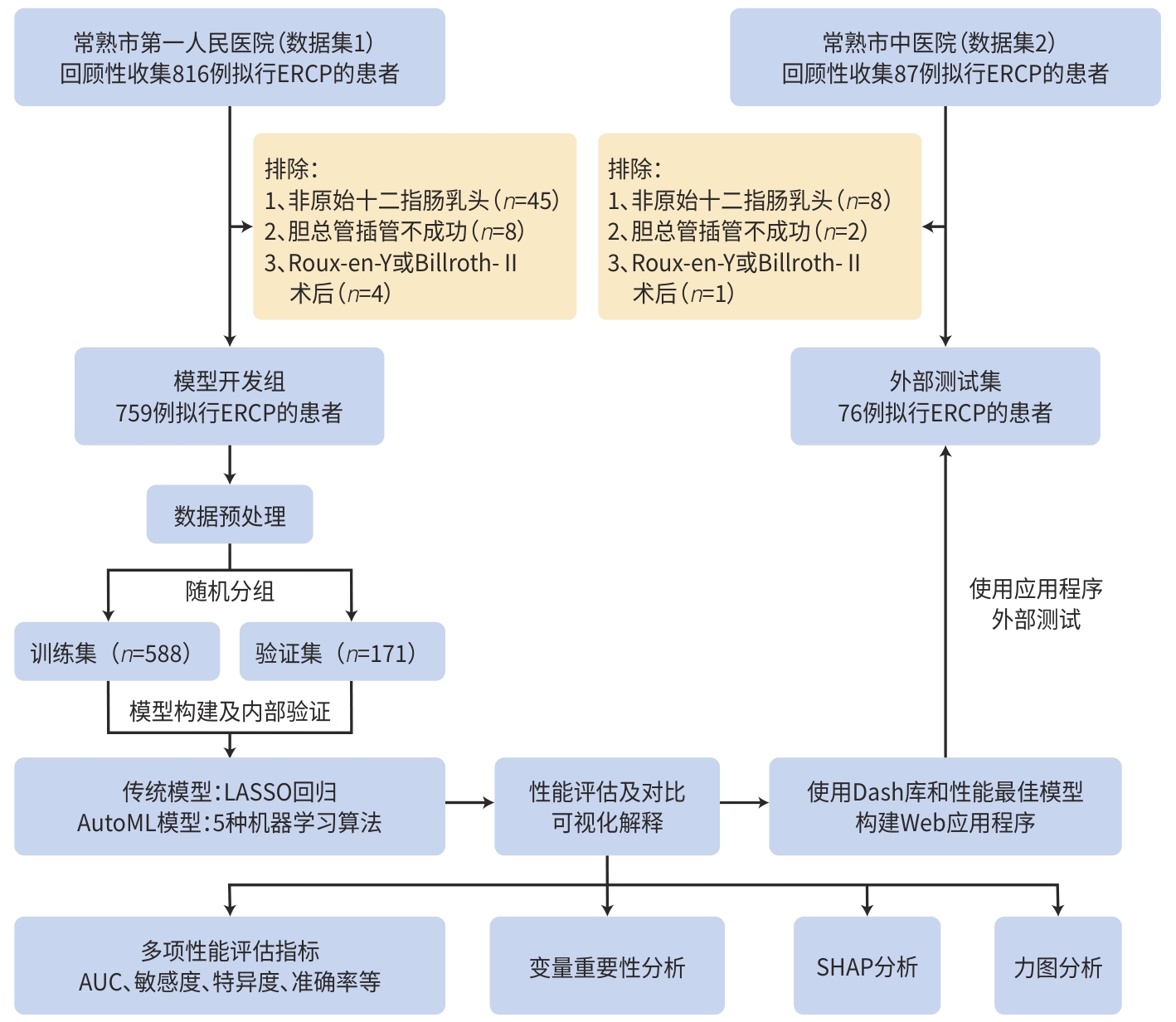




 DownLoad:
DownLoad:
